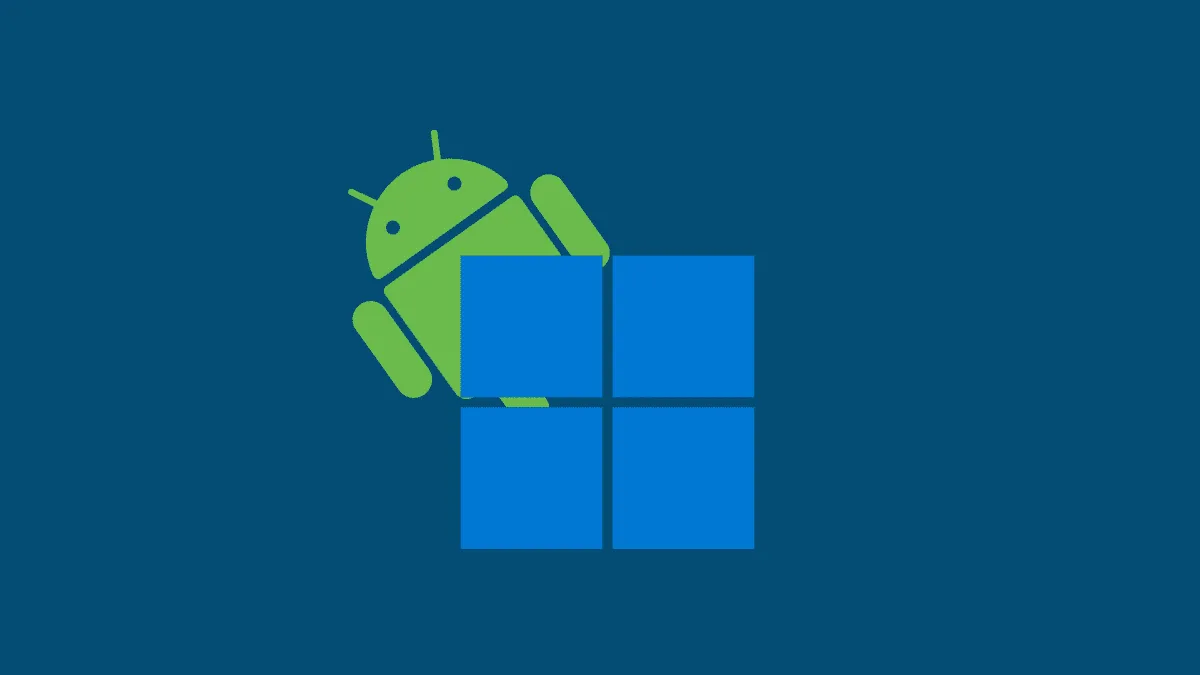Windows 11 introduces a groundbreaking feature that allows users to run Android apps directly on their PCs using the Windows Subsystem for Android (WSA). Although currently in preview and available to limited users, this integration paves the way for a seamless mobile app experience within the Windows ecosystem. This guide will explain what WSA is, how it works, and how you can use it to run Android apps on your Windows 11 device.
Windows Subsystem for Android
The Windows Subsystem for Android is a proprietary platform that enables Android apps to run on Windows 11 devices. By integrating the Amazon Appstore into the Microsoft Store, Windows 11 allows users to download and install Android apps just like any native Windows application. WSA serves as the underlying component that powers this functionality, ensuring smooth operation of Android apps on your PC.
WSA includes the Linux kernel and the Android operating system (based on the Android Open Source Project version 11) and runs within a Hyper-V Virtual Machine, similar to the Windows Subsystem for Linux. This setup allows Android apps to function natively alongside Windows applications.

Currently, the Amazon Appstore on Windows 11 offers a limited selection of about 50 apps for Windows Insiders in the Beta Channel in the U.S. Some of the available apps include:
- Mobile games like Coin Master, Lords Mobile, and June's Journey.
- E-reading apps such as Kindle and Comics for enjoying books and comics. On Windows tablets, you can swipe between pages using touch gestures.
- Educational apps for kids like Khan Academy Kids for learning math, writing, and reading, and Lego Duplo World for immersive world-building experiences.
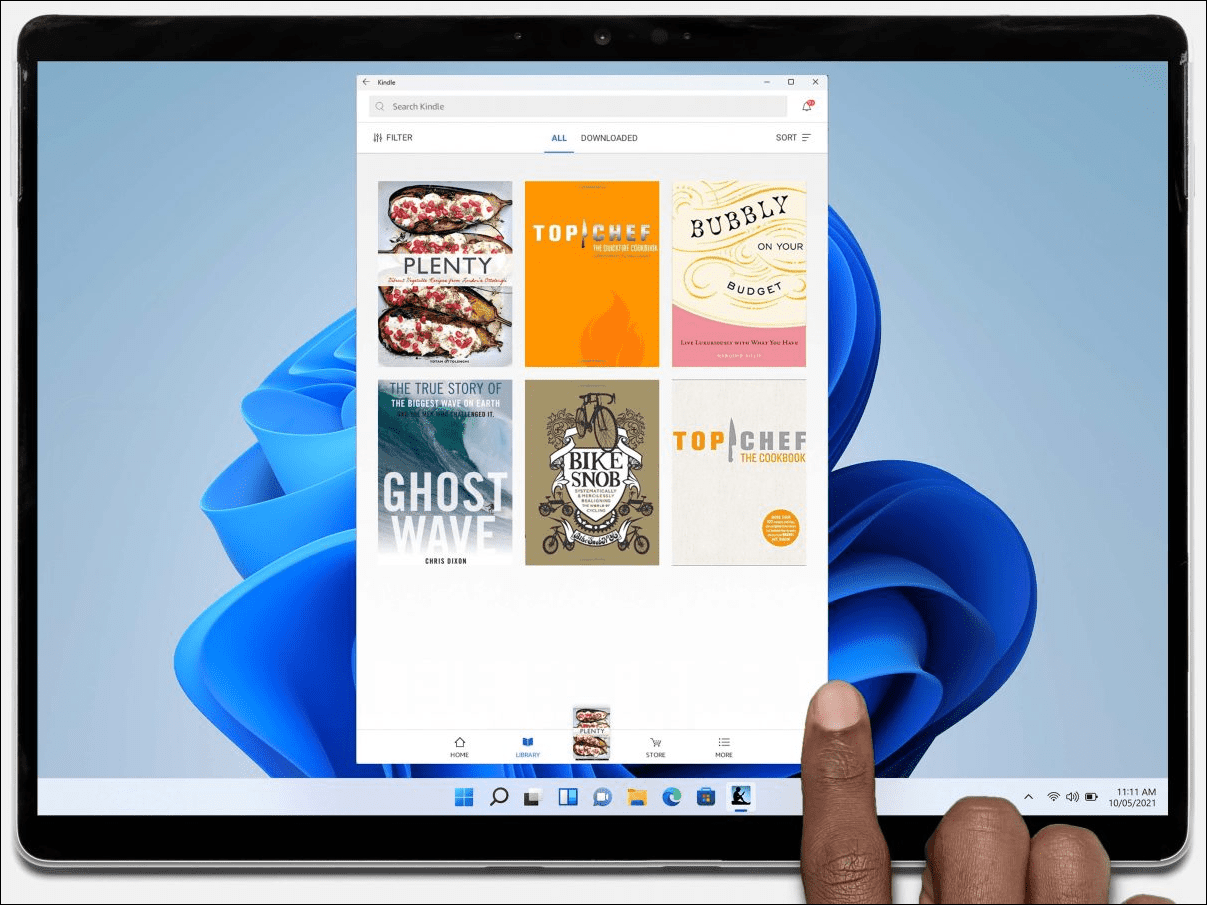
Although the initial selection is modest, Microsoft is collaborating with Amazon and developers to expand the app catalog. In the future, support for Arm-only apps on Intel and AMD devices is expected, utilizing Intel Bridge Technology to broaden app compatibility across different hardware platforms.
System Requirements for Running Android Apps
To run Android apps on Windows 11, ensure your system meets the following requirements:
- Windows 11 (Build 22000.xxx series or higher).
- Microsoft Store version 22110.1402.6.0 or later.
- An Amazon account (currently limited to U.S.-based accounts).
Your PC should also meet the minimum hardware specifications for Windows 11, including compatible processors, sufficient RAM, and storage space.
Installing the Amazon Appstore
You can install the Amazon Appstore on your Windows 11 device through the Microsoft Store. There are two ways to do this:
- Open the Microsoft Store and search for the Amazon Appstore. Click on the Get button to download and install it.
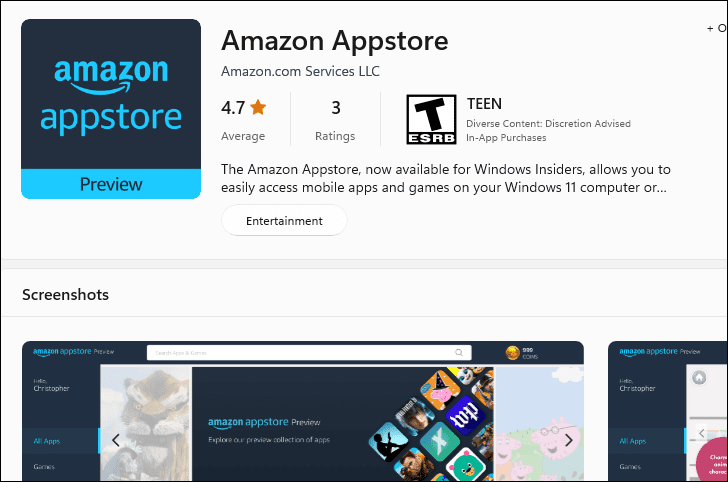
- Alternatively, search for an Android app in the Microsoft Store. When you select an app, click on the Get from Amazon Appstore button. This will prompt the installation of both the Amazon Appstore and the Windows Subsystem for Android if they are not already installed.
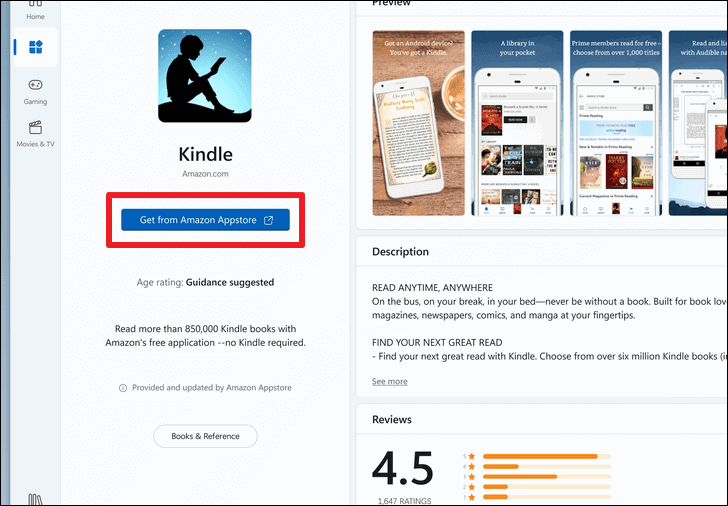
After installation, the Amazon Appstore and the Windows Subsystem for Android will appear as separate apps in your Start menu and can be found via the Search function.
Managing Android Apps on Windows 11
Once installed, Android apps can be accessed just like any other Windows application. They will appear in the Start menu and can be searched for using Windows Search. You can also pin them to the Start menu or Taskbar for quick access.
Android apps integrate with Windows features, allowing you to use them alongside other applications with Snap Layouts, view them in Task View, and switch between them using Alt + Tab.
For example, you can run an Android app like Matchington Mansion alongside Windows apps such as Word (Win32 app), Pinterest (Progressive Web App), and GIMP (Windows Subsystem for Linux app) in a Snap Layout.

Configuring the Windows Subsystem for Android
To access the settings for WSA, open the Start menu, navigate to All Apps, and select Windows Subsystem for Android. In this app, you can manage various settings for the subsystem.
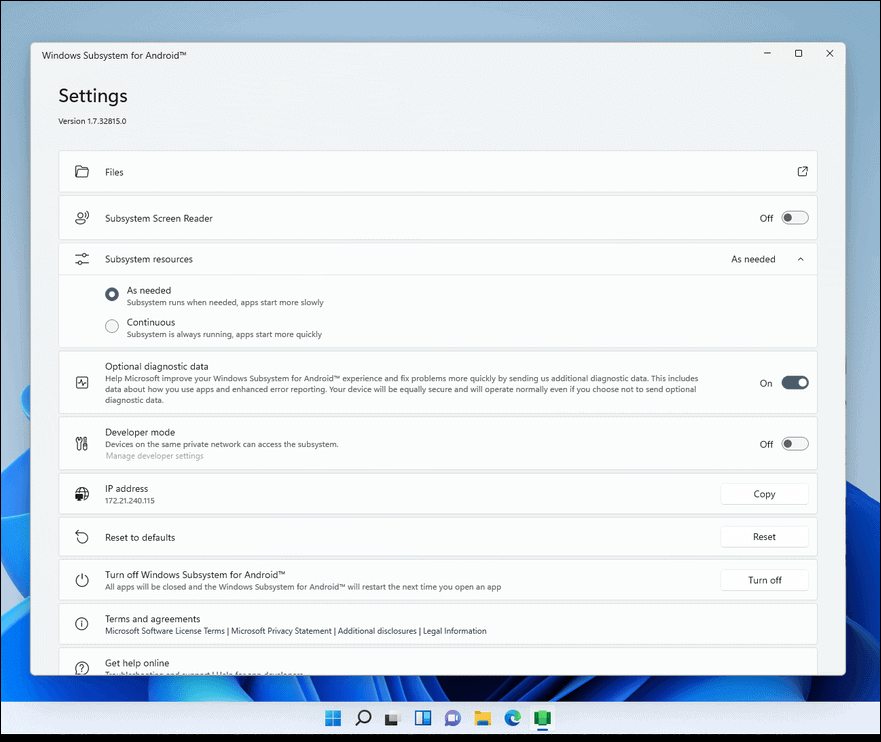
There are two options for the subsystem's resources:
- As needed: The subsystem runs when you open an Android app. The first app may take longer to open because WSA initializes at that time. Subsequent apps will launch more quickly.
- Continuous: The subsystem is always running in the background, allowing Android apps to open instantly. However, this consumes more system resources.
You can choose your preferred option under the Subsystem resources section.

Files within the subsystem are separate from your Windows files. To access Android files, click on the Files option in the WSA settings app. This will display all the images, videos, audio files, documents, and downloads within the subsystem.
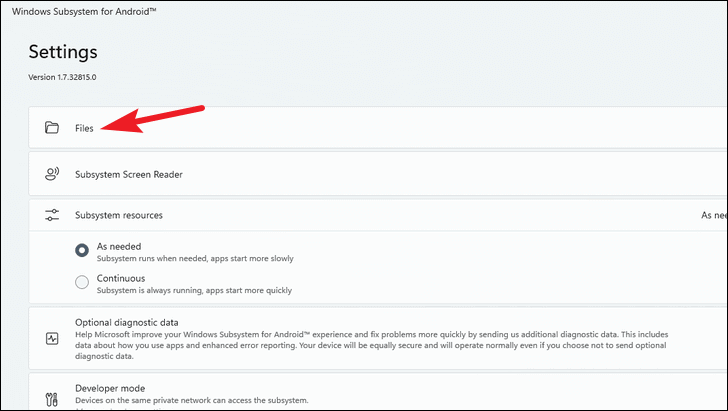
If you're a developer, you can enable Developer mode in the WSA settings to test and debug your Android apps on Windows 11. Toggle on the option to start using this mode.
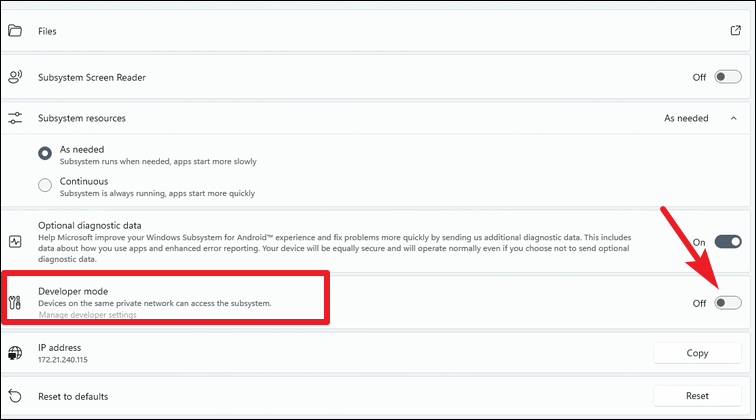
Windows Subsystem for Android opens up new possibilities for integrating Android apps into the Windows environment. While the current selection of apps is limited, ongoing collaboration between Microsoft, Amazon, and app developers promises to expand the available offerings in the future. As this technology evolves, users can look forward to a richer and more versatile app experience on Windows 11.

